Winter Solstice 2014: How the shortest day of the year is celebrated around the world
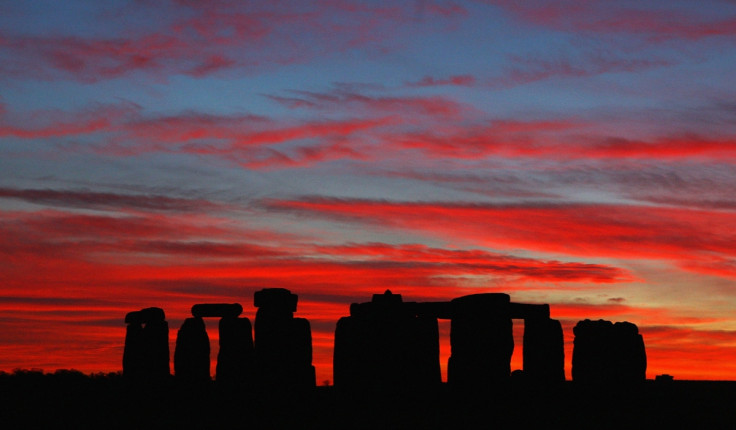
Around the world, the interpretation of the winter solstice varies widely from culture to culture.
An astronomical phenomenon which marks the shortest day and the longest night of the year, various communities recognise the event as a symbol of rebirth since ancient times, with festivals, rituals and other celebrations.
This year's winter solstice occurs shortly after 11pm on 21 December in the UK, but in time zones east of the GMT, it is already 22 December, so the date depends on where you are.
IBTimes UK looks at how the December solstice is celebrated around the world, from Stonehenge to Latvia.
Stonehenge
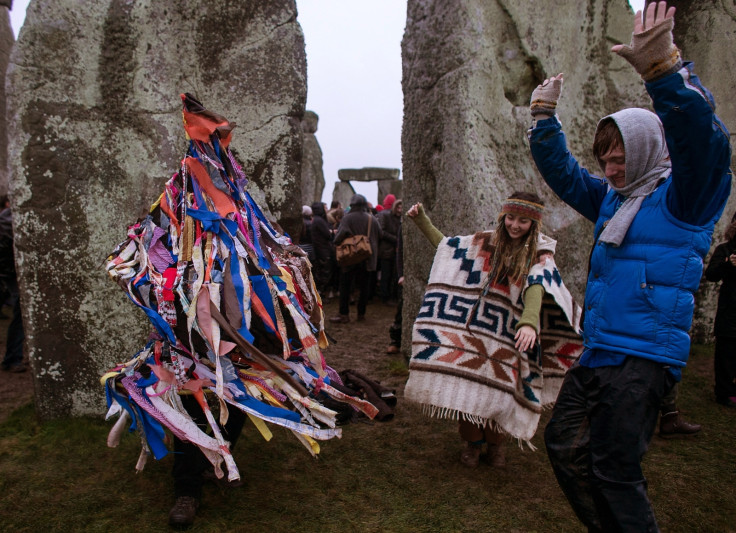
One of the focal points for the winter solstice is the prehistoric Stonehenge. Thousands gather to watch the sun rise above the ancient stones every year, with druid and pagan communities out to celebrate the event with singing and costumes.
Latvia
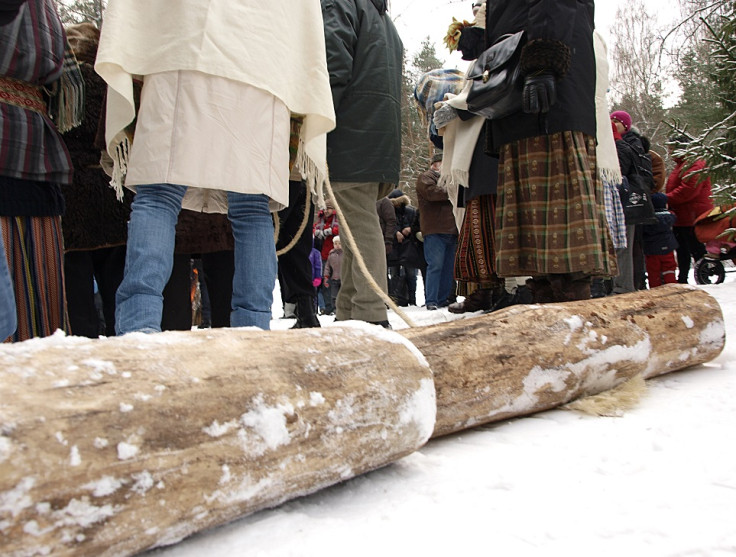
The tradition of the yule log is found across several eastern European countries. In the Latvian capital Riga, at the Ethnographic Open-Air Museum of Latvia, the custom of log-dragging is kept alive – where revellers wearing masks drag a log around the city, before setting it alight to burn away negative thoughts, fears and failures.
Soyal
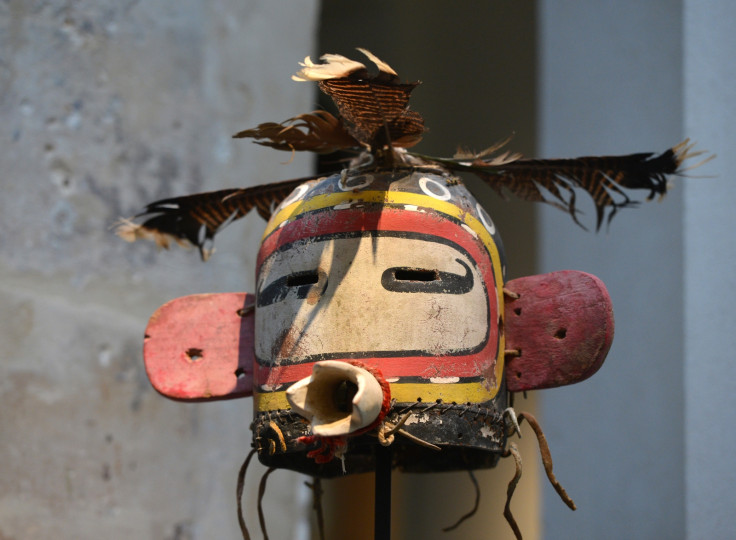
Soyal is the winter solstice ceremony of the Native American tribes the Zuni and the Hopi. The ritual is said to bring the sun back from its winter slumber and the celebrations mark another Wheel of the Year, an annual cycle of seasonal festivals observed by many modern pagans. Prayer sticks, called pahos, are used to bless homes, animals and plants.
St Lucia's Day
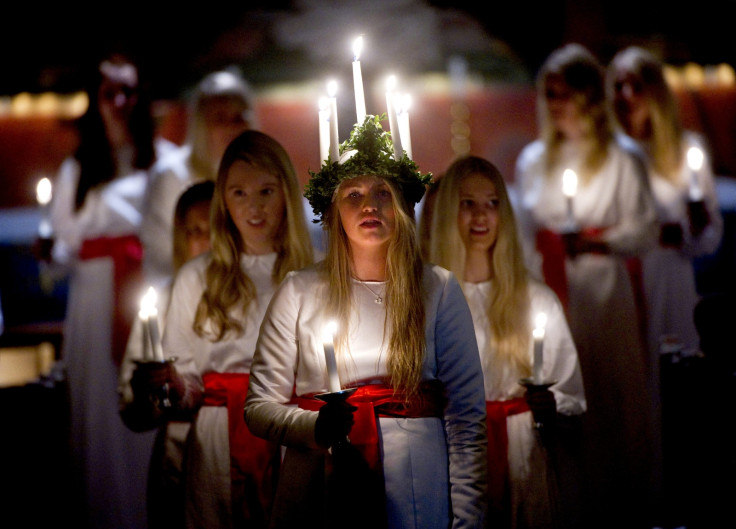
The festival of lights celebrated in Sweden, Norway and Swedish-speaking areas of Finland is celebrated on 13 December in honour of St Lucia, one of the earliest Christian martyrs. Historically, the Norse celebrated the winter solstice with bonfires to scare away evil spirits. After converting to Christianity, they incorporated the legend of St Lucia into the celebrations, to combine Christian and Pagan customs.
Dongzhi Festival
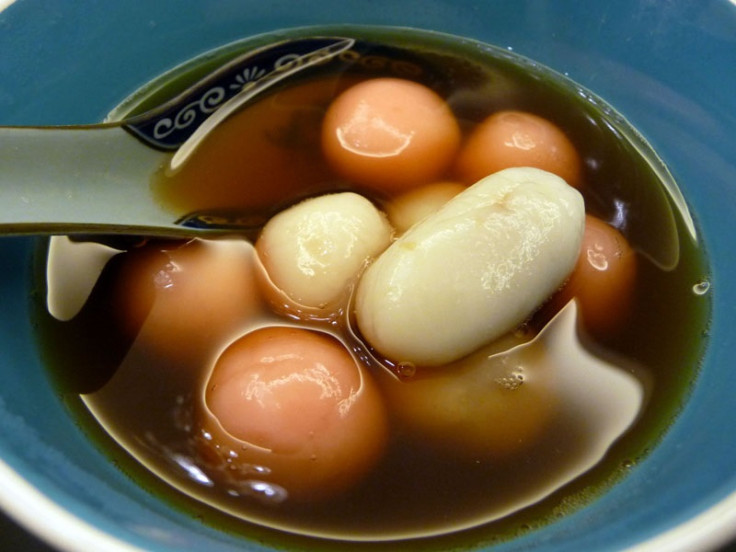
Otherwise known as the Winter Solstice Festival, this is one of the most important festivals celebrated in China and some of its neighbouring countries. The origins of the celebration can be traced to the yin and yang philosophy of balance and harmony in the cosmos. After the festival, it is said the longer daylight hours will increase positive energy.
Saturnalia

In Ancient Rome, the December solstice festival Saturnalia began on 17 December and lasted for seven days. The celebration was in honour of the deity Saturn, with sacrifices, gift-giving and gambling, as Roman social norms were overturned. The Saturnalia degenerated into a week-long crime spree, giving rise to the modern term saturnalia, meaning a period of revelry.
Montol Eve

The Montol Festival is an annual celebration in Penzance, Cornwall, held on the 21 December every year. The festival revives historic Cornish midwinter celebrations. The main event is Montol Eve, held on the traditional date of the feast of St Thomas the Apostle. During the festival, lanterns are made for a parade.
Fire Walking Festival, Japan
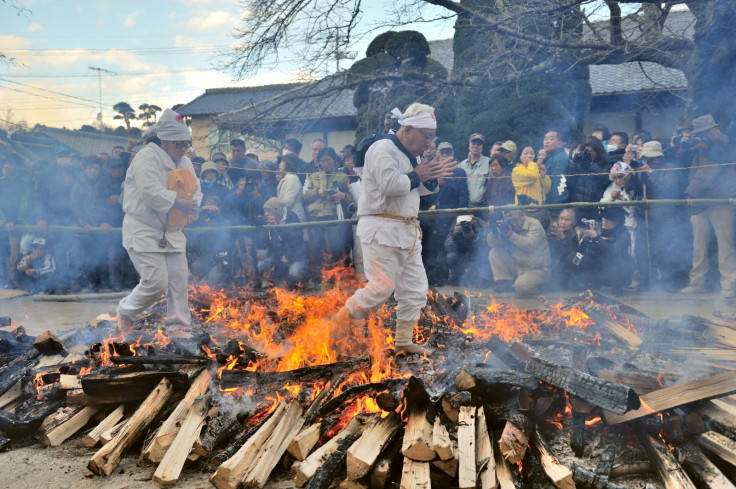
In Sakuragawa, north of Tokyo, the Kabasan Saenazumi Jinja Shrine holds an annual festival where monks walk barefoot through embers while praying for wellbeing. Onlookers can only follow in their footsteps once the embers have cooled.
Yalda
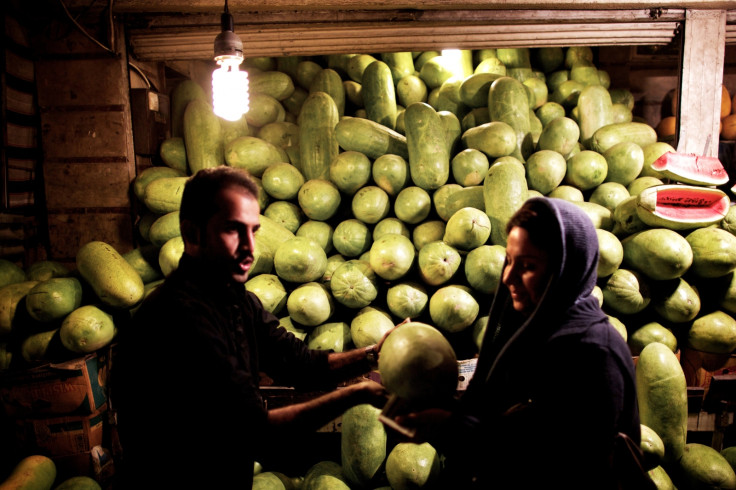
Yalda, or Šab-e Yaldā, is an Iranian festival held on the "longest and darkest night of the year" – the night of the northern hemisphere's winter solstice. It marks the final day of the Persian month of Azar, and is viewed as the birthday of the sun god Mithra and the victory of light over dark.
Annual Winter Solstice Lantern Festival

Held in Vancouver, Canada, the festival illuminates the night with lanterns, fire, drumming, music and dancing. For more information on venues, see the website.
© Copyright IBTimes 2025. All rights reserved.



















